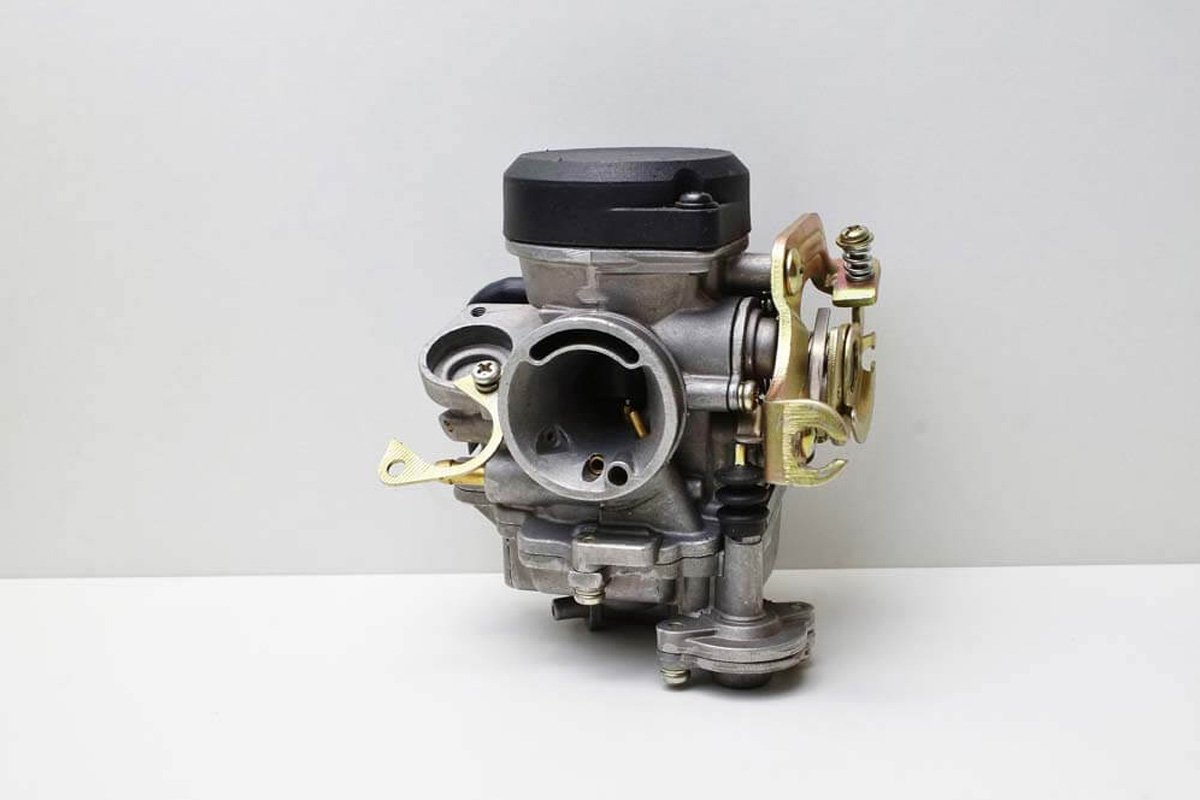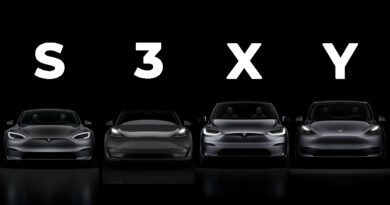What is a Carburetor and pros and cons?
We need something in our vehicles to mix the air-fuel mixture, by using this mixture the engine runs. The carburetor is used for this purpose. But nowadays cars do not use a carburetor, they use a Fuel-injector for a more efficient mixture of air and fuel. In this article, we will understand what is Carburetor and its pros and cons
What is Carburetor
It is a tube that allows air and fuel into the engine through valves, mixing them in different amounts to suit various driving conditions.
It was first developed by automobile pioneer (and Mercedes founder) Karl Benz (1844–1929).
How it works
The early carburetors were simple, but as the driving condition changed they became more complex. There is a large vertical pipe above the cylinders. The atmospheric air is sucked in through this pipe and passes through a narrow kink in the middle called has venturi. Because of the venturi, it makes the airflow faster and causes the pressure to fall, this falling pressure of air creates the sucking effect and draws fuel out of the fuel pipe which is joined on the side of the carburetors.
The air-fuel mixture is just what we need but how can you adjust the mixture into the cylinder? First, we have a throttle valve beneath the venturi, as the throttle valve opens, more air is flown through the carburetor and drags more fuel from the fuel pipe. With more fuel and air flowing in the cylinder, the engine generates more energy, and the car moves faster.
The second valve, the choke valve is helped in the cold start and is above the venturi. This valve regulates the amount of air flowing in the carburetor if the choke is closed very less amount of air passes and more fuel is sucked in, which generates a rich fuel mixture.
There is a mini fuel tank beside the carburetor which has a valve and a float. Through this tank, the fuel pipe is attached to the carburetor. As the chamber feeds the fuel to the carburetor, the fuel level in the tank sinks, and the float level drops. When the float drops to a certain level, it opens a valve allowing fuel into the chamber from the main fuel tank. Once the float rises the valves close and the process continues.
Carburetor Pros and Cons
Pros
- It is easy to repair and maintain
- It is cheap and easy to manufacture
- They are simple in construction, which makes them reliable.
Cons
- Emissions and fuel economy. A carburetor is not an efficient way of pumping fuel and air into the cylinder. It has pumping loss and the mixture is not evenly spread out throughout all cylinders properly. Fuel injection injects fuel into the individual cylinder. Fuel injection is more precisely controlled, resulting in more efficient use of the fuel, reduced fuel consumption, and fewer emissions, which is the main reason it began to replace the carburetor in the 1970s.
- Power and performance. Again, because fuel injection and modern electronic controls are more accurate, fuel delivery can be tuned to match driver demand. Carburetors are precise, but not accurate, in that they cannot account for changes in air or fuel temperature or atmospheric pressure.
Read my fuel injector post you will get an idea of the difference between carburetors and fuel injectors. I have written a comparison between carburetor and fuel injection.






